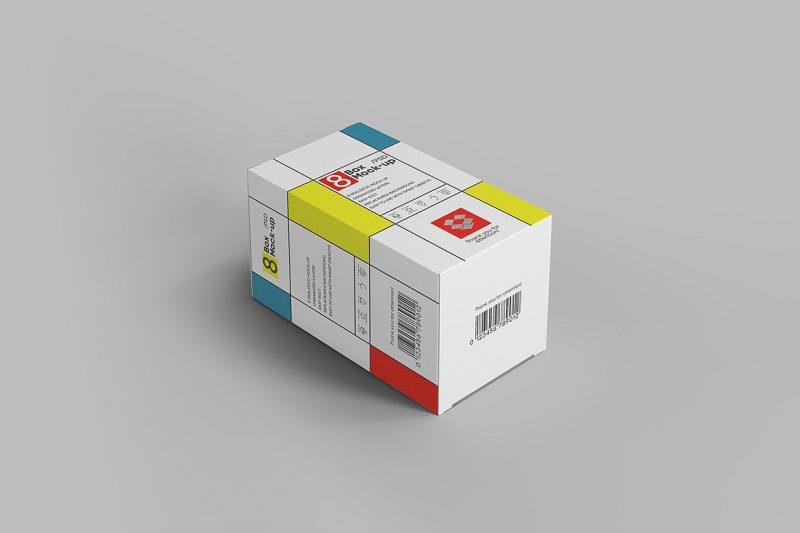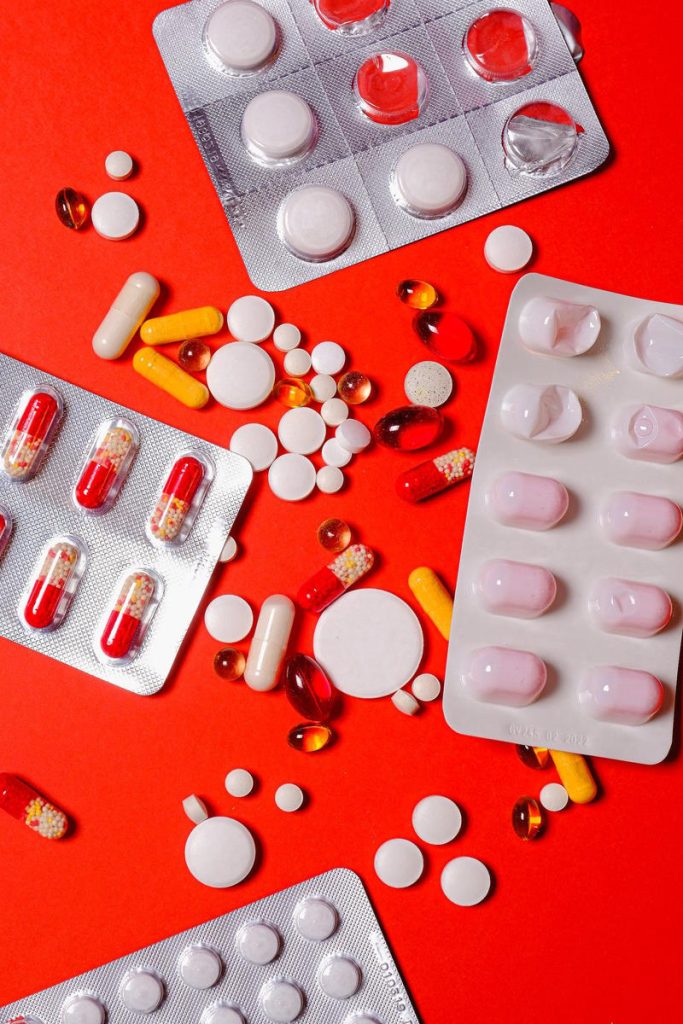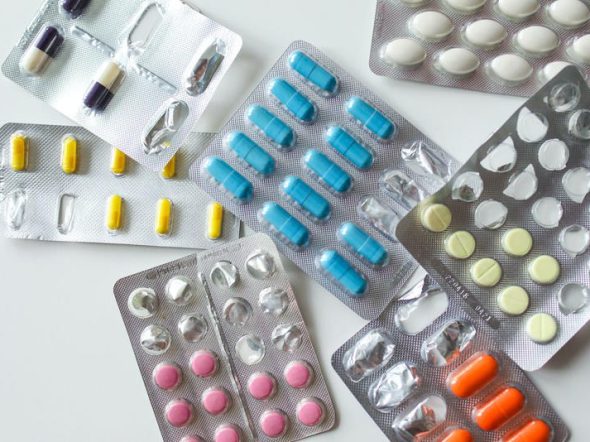This article will explore the evolution of pharmaceutical packaging machinery towards sustainability, revealing the future trends and opportunities within this space. We'll delve into why sustainable practices are crucial, current transformations, and the implications for the pharmaceutical industry.
The Importance of Sustainability in Pharmaceutical Packaging
Picturing the sheer volume of packaging materials used globally in the pharmaceutical sector paints a sobering image, a clear signal of the heavy environmental toll of this industry. It is undeniable: the need for sustainable packaging is not a fleeting trend but an essential element in business decision-making today.
In the world of pharmaceuticals, packaging holds a unique place, bound by stringent safety and regulatory standards, ensuring the effectiveness of each medication until it reaches the consumer. It is a delicate balance between guaranteeing safety and moving towards environmentally friendly practices, a challenging task indeed.

Despite these challenges, the shift towards sustainable packaging has numerous advantages. The transition may require initial investment, but the long-term benefits of waste reduction and improved efficiency offer compelling cost-effectiveness. In addition, sustainable packaging can elevate a company's brand image in our eco-conscious society, signaling responsibility and forward-thinking.
The paramount benefit, however, is environmental preservation. By reducing our carbon footprint and waste, sustainable packaging contributes to a healthier planet for us and future generations. This should be our main motivator in adopting and embracing sustainable practices.
The Current State of Pharmaceutical Packaging
Visualize a spectrum of packaging materials - from the familiar plastic and aluminum to the less-known cyclic olefin copolymer and polyvinyl chloride, extending to glass, paper, cardboard, and rubber. These materials safeguard our medications, from pills to syrups, each tailored to the unique requirements of the product.

Just as diverse are the packaging methods, from heat-seal and ultrasonic banding to automatic rubber banding, shrink wrapping, and strapping. The one-size-fits-all approach does not apply here as each product, whether an asthma inhaler or a strip of antacids, demands its specific packaging design.
However, this colorful panorama of pharmaceutical packaging carries a significant downside - the environmental footprint. Imagine the vast quantity of these materials ending up as waste and contributing to carbon emissions, an inconvenient truth we must confront.
For example, plastic, a common packaging material, is non-biodegradable, persisting in our environment for hundreds of years. A discarded pill bottle today could remain intact for generations to come. Additionally, every stage of the packaging life cycle, from production and transportation to disposal, contributes to greenhouse gas emissions and global warming.
This presents a paradox - the undeniable need for pharmaceutical packaging versus its environmental impact. How do we resolve this? It's a challenging question, but not insurmountable.
The Drive towards Sustainable Pharmaceutical Packaging
We stand at the precipice of a transformative era, one echoing with the call for sustainability, a call that the pharmaceutical industry is heeding. This shift towards sustainable pharmaceutical packaging is driven by three key forces: regulatory bodies, consumers, and corporate social responsibility (CSR) initiatives.
Regulatory bodies, like the FDA and EMA, serve as the industry's guardians, increasingly advocating for eco-friendly packaging alternatives. Their influence nudges pharmaceutical companies towards a future where sustainability and healthcare intertwine seamlessly.
Then, consider the consumers, the individuals using the medications. Their growing awareness of their environmental impact is shaping their choices, leading many to favor products with sustainable packaging.
Lastly, the push towards sustainability is orchestrated by CSR initiatives, reverberating within companies big and small. These initiatives advocate for environmental stewardship and set ambitious targets to manifest this vision.
An example is Johnson & Johnson, with its commitment to making its packaging recyclable, reusable, or compostable by 2025. Such steps, taken by industry leaders, echo within the industry, encouraging others to follow suit.
Thus, the seeds of change in sustainable pharmaceutical packaging are sprouting, powered by these forces.
Innovative Solutions in Sustainable Pharmaceutical Packaging Machinery
Imagine a symphony, each instrument contributing to a beautiful harmony. Now picture the move towards sustainable pharmaceutical packaging, where different innovative solutions contribute to a shared, sustainable goal.
Take ultrasonic banding, for example. This technology uses high-frequency vibrations to join packaging materials without heat or adhesives. This innovation enhances efficiency, decreases waste, and eradicates the need for potentially harmful chemicals commonly found in adhesives.
Then there's automatic rubber banding, a straightforward but effective change that minimizes packaging waste. It's an exercise in minimalism and efficiency, paving the way for a sustainable future.
These innovative technologies not only reduce material usage and waste but also present potential cost savings. They are milestones on the path to a sustainable future, the steady drumbeat driving us forward.
As we move towards a future marked by sustainability, innovators across the industry, from busy factories to quiet research labs, are paving the way.
The Future of Pharmaceutical Packaging: Predictions and Opportunities
Peer into the future of the industry, and you'll see a landscape brimming with transformations and opportunities, particularly in the realm of sustainable pharmaceutical packaging. The industry is poised to adopt practices that are increasingly conscious of their environmental impact.
The trend towards biodegradable and recycled materials is gaining momentum. Picture a future where pharmaceutical packaging originates from recycled or plant-based materials, closing the packaging life cycle loop—a vision as harmonious as a finely tuned symphony.
Now, consider the emergence of smart packaging. This innovation marries technology with packaging to increase functionality. Imagine a package that notifies you of product tampering or monitors temperature for safe transport. That's the allure of smart packaging, combining tech and sustainability.
Sustainable packaging offers considerable opportunities for pharmaceutical companies. From cost savings through efficient processes and waste reduction to enhancing brand image by appealing to an increasingly eco-conscious consumer base, the possibilities are vast. Companies are also well-positioned to meet and exceed future environmental regulations.
These opportunities paint an exciting picture of the future of sustainable pharmaceutical packaging. However, the path to sustainability isn't without obstacles.
Overcoming Barriers to Sustainable Pharmaceutical Packaging
Embarking on the journey to sustainable pharmaceutical packaging may seem daunting, akin to traversing a treacherous bridge. The path is fraught with challenges that may seem insurmountable, but each can be overcome with strategic solutions.
One significant obstacle is regulatory compliance. Strict regulations to ensure product safety complicate the transition to more sustainable practices. Yet, through innovation and close collaboration with regulatory bodies, it's possible to integrate sustainability within these frameworks.
Another hurdle is cost. Initial investments into sustainable practices may be substantial, casting a shadow on the financial outlook. However, by focusing on the long-term benefits, including cost savings from resource efficiency and waste reduction, the financial feasibility of sustainable packaging becomes apparent.
Lastly, there's the challenge of consumer awareness. Many consumers are unaware of the environmental impact of packaging and may not prioritize sustainable options. The industry can play a pivotal role in educating consumers, enabling them to make more informed decisions and driving demand for sustainable packaging.
In sum, every challenge presents an opportunity for growth. With strategic planning, innovation, and education, we can surmount these obstacles and forge a path towards a more sustainable future in pharmaceutical packaging.
Conclusion
In our expedition through the terrain of pharmaceutical packaging, the message we've unearthed is undeniable: sustainability isn't a fad; it's a profound shift echoing in the chambers of our industry. The stark reality of today's practices sharpens our resolve to navigate towards a greener horizon. We've glimpsed this future, brimming with innovation and promise. It promises not just an environmental haven, but a trove of opportunities - from cost savings and brand enrichment to regulatory compliance. The path isn't without hurdles, yet our strategic toolkit for surmounting them is burgeoning. So, as the curtains fall on our discussion, remember: the journey to a sustainable pharmaceutical packaging future isn't a distant dream. It's an epic odyssey we're beginning, one mindful step at a time.
